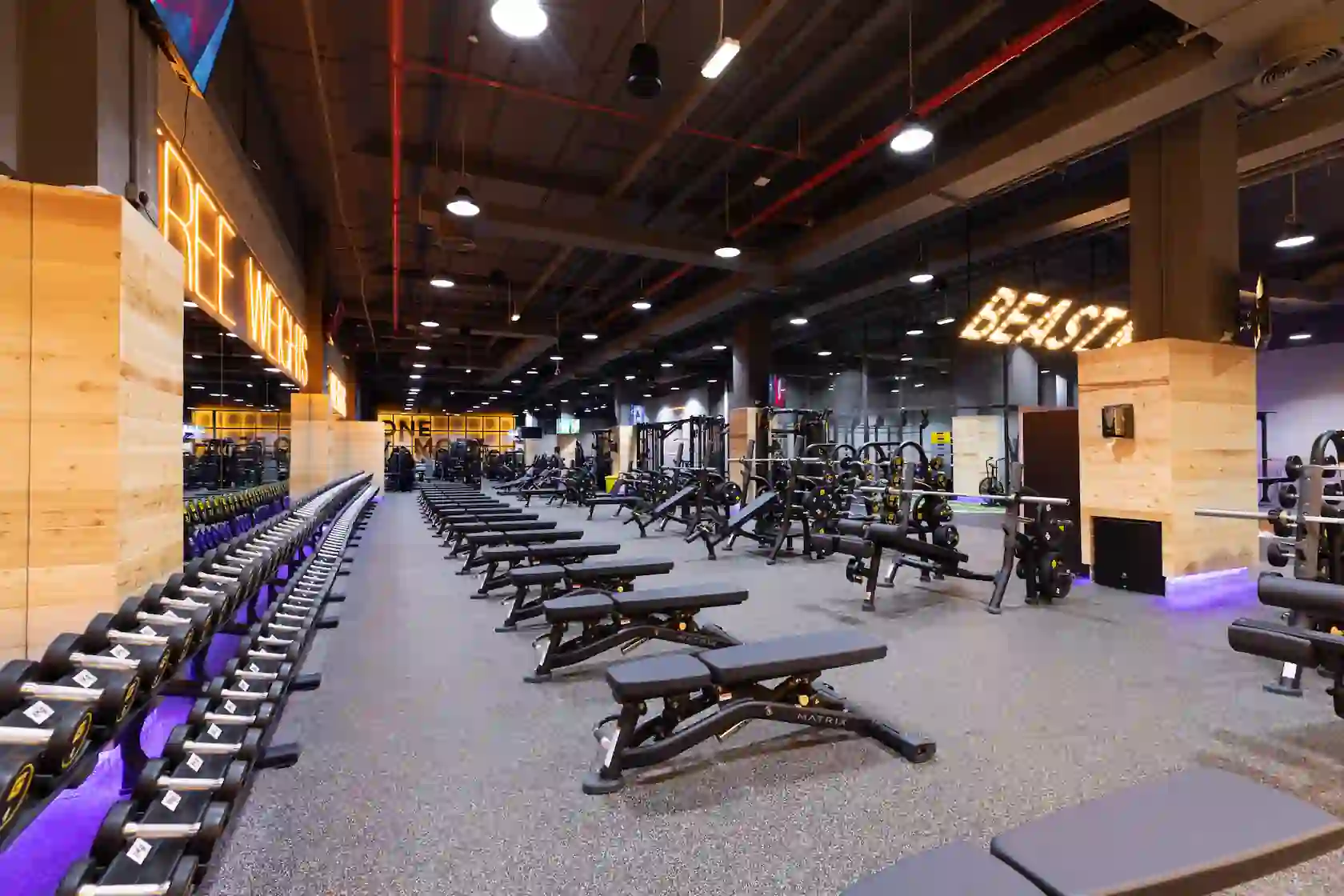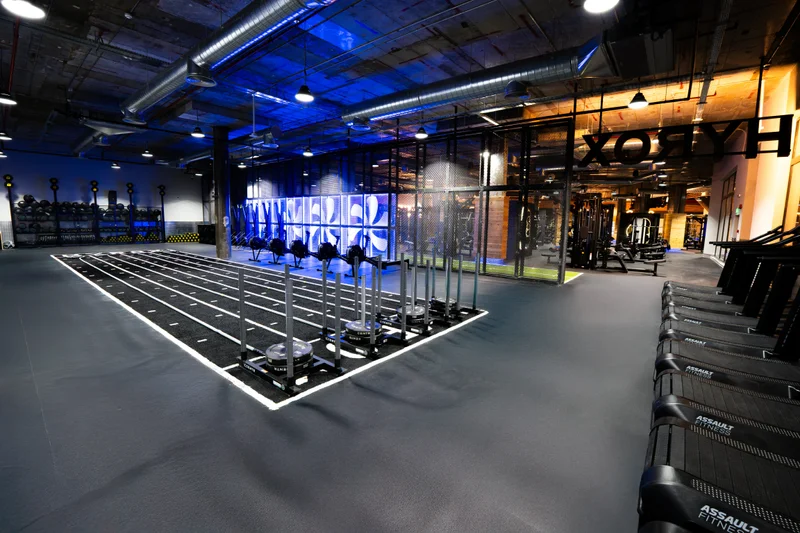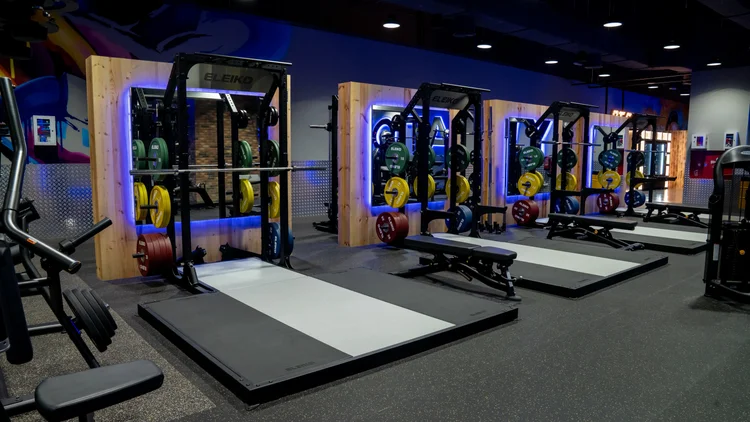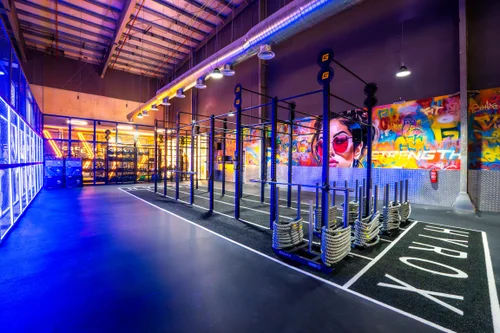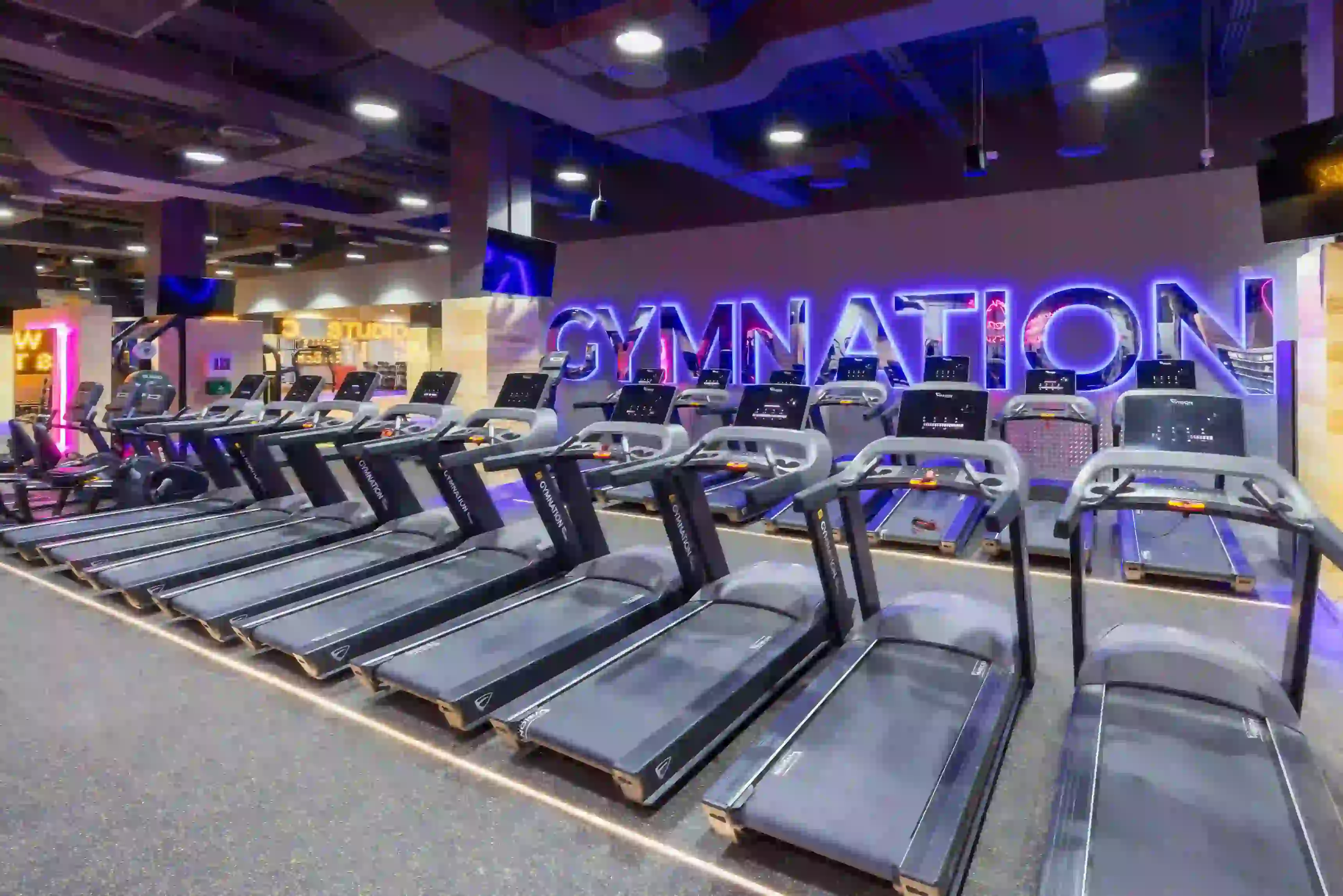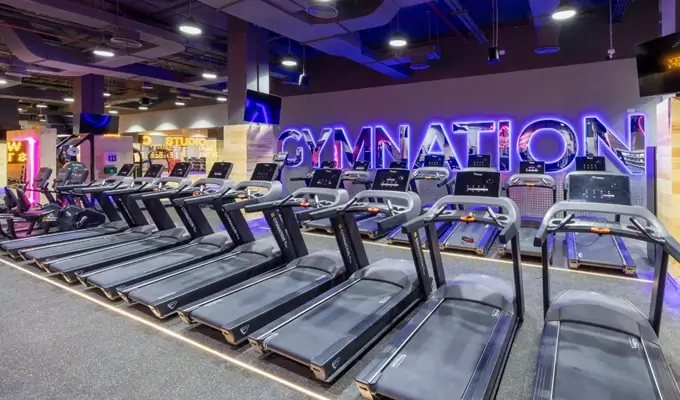Japanese Walking: A Simple Path to Fitness

SIGN UP FOR YOUR FREE DAY PASS TODAY!
For many of us, a great workout means sweat, effort, and intensity. But in recent years, evidence is mounting that gentler forms of exercise can deliver impressive health benefits too.
One such method, Japanese walking, has stepped into the spotlight as an effective yet accessible way to improve fitness.
Read Also: Japanese Walking: The Interval Workout for All Ages
What is Japanese Walking?
Based on a 2007 study conducted in Japan, the technique is as straightforward as it is beneficial.
You walk briskly for three minutes—at a pace where conversation feels like a struggle—then slow down for three minutes to recover.
This cycle is repeated for five rounds, creating a 30-minute workout. Simplicity is the key, but don’t be fooled into thinking this is just a casual stroll; it’s scientifically proven to yield substantial results.
The Science Behind the Steps
Fast walking for as little as 15 minutes a day can lead to enhanced heart health, better memory, and even a 20% reduction in the risk of early death, according to recent findings from Vanderbilt University.
For Japanese walking specifically, research has shown that the interval approach improves cardiovascular fitness, strengthens muscles, reduces blood pressure, and can even significantly impact conditions like type 2 diabetes.
Kristian Karstoft, an associate professor at the University of Copenhagen, has studied the technique extensively.
Participants in his studies, often in their sixties and managing conditions like diabetes and excess weight, experienced remarkable fat loss using this method, even more than would be expected based on the energy they expended.
One participant recorded a staggering 10-kilogram weight loss over six months by practicing Japanese walking five times a week for an hour.
“We don’t fully understand the mechanisms,” Karstoft explains. “There’s no evidence of afterburn or reduced calorie intake, but the results speak for themselves.”
Why It Works
The alternating periods of intense effort and recovery mimic High-Intensity Interval Training (HIIT), but in a format that is gentler on the body.
For individuals who might find running or jumping unsafe or uncomfortable—particularly those who are older or managing injuries—Japanese walking provides a lower-impact path to better health.
Crucially, Karstoft emphasizes that the slower recovery intervals should be truly slow, allowing for full preparation to go all-out in the next fast burst.
“You shouldn’t be able to have a full conversation during the fast pace,” he notes. “Uttering a few words should feel unpleasant. Conversely, during the slow phase, the slower, the better.”
Read Also: Japanese Walking: The Interval Workout Revolution
The Broader Benefits
Beyond weight loss and fitness gains, Japanese walking also improves other aspects of wellness.
At Japan's Shinshu University, researchers found that interval walking positively influences cognitive function, sleep quality, and even depression.
These findings demonstrate that moving at varying intensities can yield valuable mental and emotional health improvements.
A Personal Experiment
For those accustomed to high-intensity workouts, this method can feel unexpectedly challenging.
Using three-minute songs to time intervals, one walker described feeling the sudden intensity of the fast-paced portions, even comparing the energy required to that of running a 10-kilometer run.
Despite looking like “a person late for a meeting who then realized they were early,” the walker noted that adding structure elevated walking from a mundane routine to an intentional workout.
Why Everyone Should Try It
Unlike traditional workouts, Japanese walking requires no equipment, no specialized apparel, and no gym membership.
It’s a zero-cost, accessible option for improving fitness, with easy-to-follow intervals and no-frills execution.
Whether fast walking to your favorite playlist or using a simple timer, it’s an excellent entry point for anyone skeptical about more intense fitness regimens.
At its core, Japanese walking proves fitness doesn’t have to be extreme to be effective. Just lace up your sneakers, pick a route, and get moving—one strategic step at a time.
Source: thetimes
The opinions shared in the GymNation blog articles are solely those of the respective authors and may not represent the perspectives of GymNation or any member of the GymNation team.
GET YOUR FREE TRIAL TODAY
































